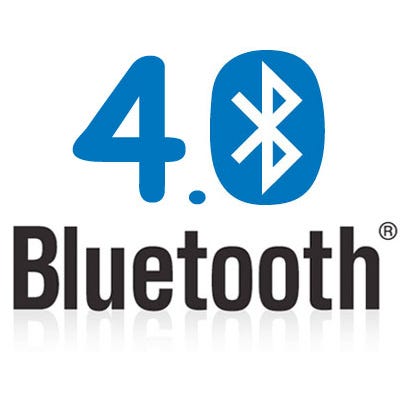As competing wireless networking technology providers gun for the smart home market, many contenders believe that the heart of the matter for the Internet of Things is its protocol for mesh networking.
The Bluetooth Special Interest Group (SIG) is reviewing mesh technologies for Bluetooth Smart proposed by companies like CSR and Zuli. Google, which recently unveiled its own Thread mesh networking technology, claims that any 802.15.4 wireless-capable devices will need only a software update to use Thread. Nest already uses a version of Thread in its products, and ZigBee is already built on mesh technology.
In this competitive environment, CSR is ratcheting up efforts to evangelize the company-developed mesh technology, CSRmesh, a protocol running over Bluetooth Smart (formerly known as Bluetooth Low Energy).

The UK firm released its first CSRmesh development kit last month. On Wednesday, it posted an introductory video to walk potential users through the process of getting started with the kit. The video explains what's included and how to download the necessary software, among other basics.
CSRmesh will allow consumers to control any Bluetooth Smart-enabled device in the home from wherever they are, including lighting, heating, appliances, and security systems. One element critical to the consumer experience: Solutions based on the CSRmesh protocol don't require the complex setup, pairing, or use of an access device such as a router.
At the moment, CSRmesh is not part of the Bluetooth Special Interest Group's officially approved Bluetooth Smart profile, nor is it part of any other standards body's specifications.
More importantly, CSR's isn't the only mesh technology proposed to the Bluetooth SIG.
In a recent interview with EE Times, Suke Jawanda, chief marketing officer at the Bluetooth SIG, was careful not to give an impression that CSRmesh is the chosen mesh technology for Bluetooth Smart.
SIG working groups are also reviewing a mesh technology developed by the San Francisco startup Zuli, Jawanda said. Zuli is using Bluetooth to build a mesh network for the smart home of the future. Its first product, which is being offered via Kickstarter, is a Bluetooth smart outlet.
"We are aware of CSR's intention" to donate code to the Bluetooth SIG, Jawanda said. There are 9 billion Bluetooth devices in use today, and 3 billion more are expected to be added this year alone. "Our review board needs to take a careful look" at the new mesh technology's implementation and how it interacts with devices. "The industry needs that rigor, and we don't want to be casual about it."
James Chapman, vice president of product marketing at CSR, remains optimistic. "We will find a venue to make [CSRmesh] available for the whole world to use it," he told EE Times this month. However, he would not discuss CSRmesh's progress at the Bluetooth SIG.
Why mesh?
Devices that are part of a mesh network not only can signal information to other devices within the mesh network, but they can also receive such signals. Because the networks connects every device to every other device, any device within the network can receive all these messages, make inferences based on the content and timing of the messages, and send out additional messages. Presumably, somebody walking down a hall would trigger occupancy sensors in a sequence; lights would illuminate and doors would unlock and open accordingly.When asked what the industry needs to get the IoT market started, Chapman mentioned four things: "Range, multiple nodes for [many] devices, low power, and smartphone connectivity."
In his mind, technology like CSRmesh would provide range and multiple nodes; Bluetooth Smart would handle the rest.
Lee Ratliff, principal low-power wireless analyst at IHS Technology, agreed with that assessment. "We believe mesh technology is important for many IoT applications, especially those that require extended range or peer-to-peer communication."
Is the addition of mesh technology a prerequisite for Bluetooth Smart's success? Not exactly.
